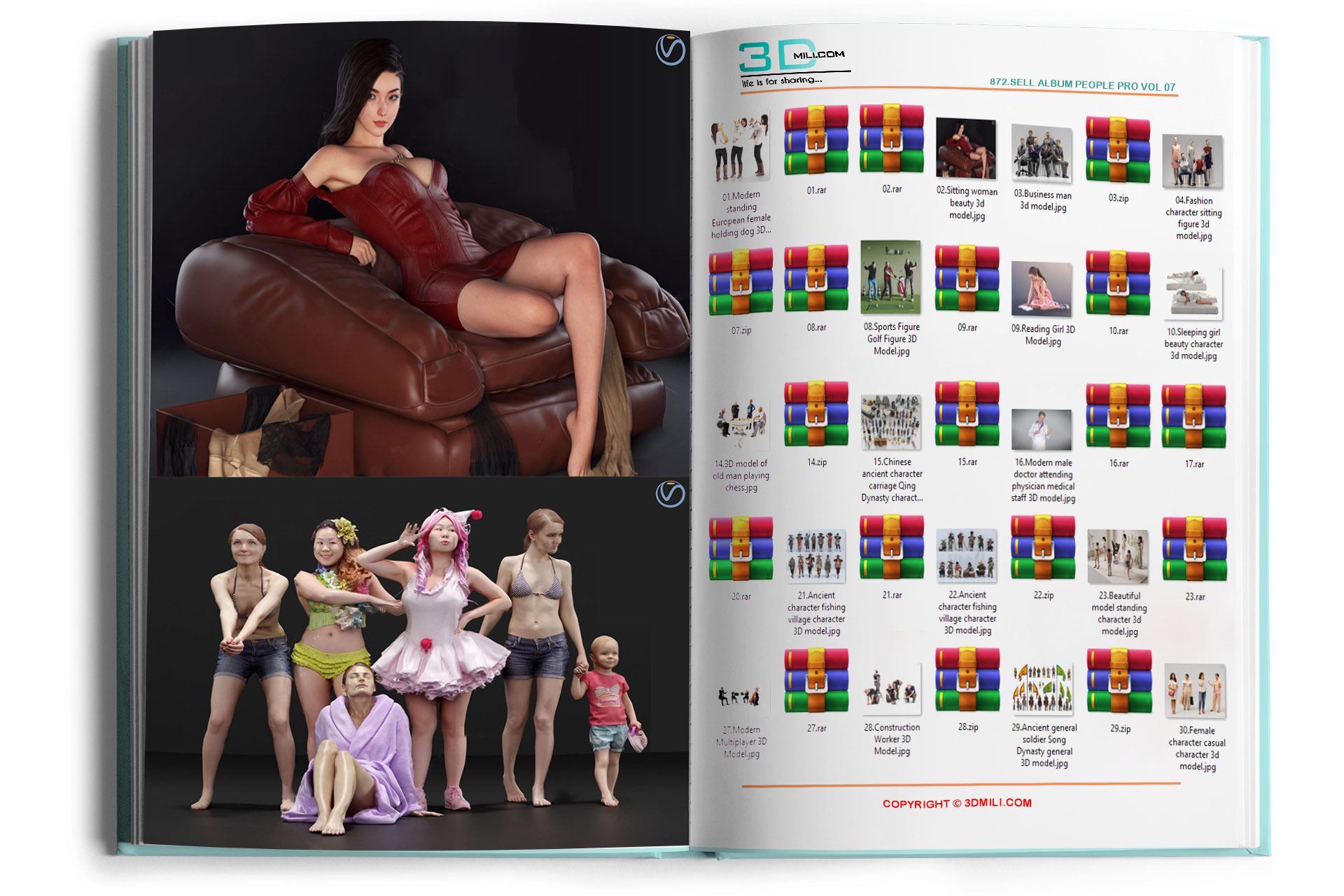## 372. Sell Album Miniature Garden 05: A Deep Dive into Design and Concept
This document explores the design and concept behind "372. Sell Album Miniature Garden 05," a miniature garden design seemingly intended for sale as part of a larger album or collection. We will analyze its potential target audience, the design choices, the implied narrative, and the overall aesthetic impact. The analysis will be broken down into several sections for clarity.
I. Defining the Target Audience and Market Context
The "Sell Album" designation suggests a commercial purpose, implying this miniature garden is not a one-off creation but part of a series intended for *sale*. This immediately narrows our focus to potential buyers interested in:
* Miniature Gardening: A growing hobby encompassing a wide range of enthusiasts, from casual collectors to dedicated artisans. This group values *detail*, *craftsmanship*, and *authenticity*. They likely appreciate the aesthetic appeal and the potential for customization and expansion.
* Collectibles: Individuals who collect miniature objects, possibly as part of a larger collection themed around nature, fantasy, or a specific aesthetic. For this group, the *uniqueness* and *rarity* of the piece, as well as its presentation within the "Album 05" context, will be vital selling points.
* Decorative Items: People seeking aesthetically pleasing miniature displays for their homes or offices. The overall *visual appeal* and *design coherence* are paramount for this audience. They might be drawn to the calming and restorative qualities often associated with miniature gardens.
* Gift-Giving: This design could be marketed as a thoughtful and unique *gift* for various occasions. The *packaging*, *presentation*, and *overall impression* are crucial in this context.
II. Deconstructing the Design: Elements and Principles
Analyzing the design itself (assuming visual access to "372. Sell Album Miniature Garden 05") requires attention to specific *elements* and *principles*. We need to consider:
* Scale and Proportion: The *size* of the miniature garden in relation to its potential display space is crucial. The *proportions* of its components (plants, structures, paths) determine its visual balance and realism. An *exaggerated* or *understated* scale can create very different moods.
* Materials and Texture: The choice of *materials* significantly impacts the overall aesthetic. Are natural materials like *wood*, *stone*, and *moss* used, or are synthetic substitutes employed? The *texture* of these materials contributes to the realism and tactile appeal of the piece. A rough, natural texture contrasts sharply with a smooth, polished one.
* Color Palette and Lighting: The *color scheme* plays a significant role in creating mood and atmosphere. Warm earthy tones can evoke a sense of *comfort* and *tranquility*, while brighter, bolder colors might suggest a more *vibrant* and playful aesthetic. The *lighting* conditions (natural or artificial) impact how the colors appear and influence the overall impression.
* Plant Selection and Arrangement: The *types* of plants used are essential in conveying a specific aesthetic. The *arrangement* of plants determines the visual flow and balance within the miniature garden. A meticulously planned *composition* contrasts with a more *random*, natural look.
* Structural Elements: The inclusion of miniature *houses*, *bridges*, *fences*, or other architectural features adds depth and complexity to the design. These structures contribute to the narrative and overall visual interest. Their *style* and *materials* should be cohesive with the overall theme.
III. Narrative and Aesthetic Cohesion
Beyond the purely visual aspects, "372. Sell Album Miniature Garden 05" likely conveys a subtle *narrative*. This narrative can be interpreted through:
* Theme: Does the miniature garden evoke a specific *feeling* or *atmosphere*? Is it intended to be romantic, whimsical, mystical, or realistic? The *theme* dictates the choice of elements and their arrangement.
* Symbolism: Certain plants or structural elements may hold symbolic *meaning*. Careful placement of these symbolic items could add layers of depth and intrigue.
* Storytelling: Does the arrangement invite the viewer to create their own story around the miniature scene? This *interactive* element can significantly enhance the appeal of the piece.
* Aesthetic Cohesion: The overall *consistency* of the design elements is critical. A well-executed design demonstrates a clear *vision* and a deliberate approach to material selection, composition, and color palette.
IV. The Implications of "Album 05"
The "Album 05" designation suggests several possibilities:
* Series and Continuity: This miniature garden is part of a larger *collection*. There are likely other miniature gardens (01-04 and potentially more) with variations in theme, scale, and materials. This continuity creates anticipation and encourages collectors to acquire the entire series.
* Narrative Arc: Each garden in the album may tell a part of a larger story, potentially creating a cohesive narrative across the entire collection.
* Thematic Variations: Each numbered entry may explore different *themes* or *aesthetic approaches* within the miniature garden genre. This diversification caters to a wider range of tastes and interests.
V. Marketing and Presentation
The success of "372. Sell Album Miniature Garden 05" will significantly depend on its *marketing* and *presentation*:
* Photography and Visuals: High-quality *images* are crucial for showcasing the detail and craftsmanship of the miniature garden. Different angles and lighting should be used to highlight its various features.
* Description and Storytelling: Compelling *descriptions* that capture the essence of the design are necessary. Storytelling through the description can create a strong emotional connection with potential buyers.
* Packaging and Presentation: The *packaging* is an extension of the product. It should be attractive, protective, and reflective of the high quality of the miniature garden.
* Pricing and Value Proposition: The *price* should reflect the materials, craftsmanship, and overall artistic value of the piece. A clear *value proposition* highlighting the unique aspects and benefits of owning "372. Sell Album Miniature Garden 05" is crucial.
VI. Conclusion: Beyond the Miniature
"372. Sell Album Miniature Garden 05" is more than just a miniature garden; it is a carefully crafted *artistic expression* with commercial intent. Success depends not only on the quality of the design itself but also on a well-defined *target audience*, a clear *narrative*, and strategic *marketing* and *presentation*. By understanding the nuances of miniature gardening, collectibles, and decorative items, the creators can maximize the appeal of this unique piece and potentially establish a successful series within the growing miniature garden market. The seemingly simple miniature garden becomes a microcosm of artistic intent, commercial strategy, and the power of carefully curated detail.












































